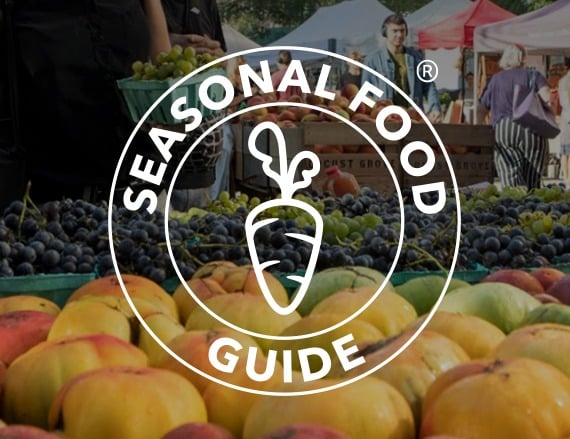Real Food Encyclopedia | Sunchoke (Jerusalem Artichoke)
Sunchokes (Helianthus tuberosus), the vegetable formerly known as “Jerusalem artichokes,” are the tuberous roots of a native North American plant in the sunflower family. They’re neither from Jerusalem nor related to artichokes, and were originally cultivated by Native Americans. “The Oxford Companion to Food” says that the plant was noted in writing as early as 1603, when Samuel de Champlain (the same guy Lake Champlain is named after) described the root as tasting “like an artichoke,” ostensibly starting the naming confusion that has plagued the vegetable since its European debut.
Things get even weirder, etymologically speaking, because in much of Europe, the vegetable is known as topinambour (or some variation). “Jerusalem” is thought to either be a corruption of girasole — Italian for sunflower — or “Terneuzen,” a Dutch town from where the root was first brought to England. These linguistic misunderstandings led marketers to rename the vegetable to the (sort-of) more pleasing “sunchoke” in the 1960s.
Did you know?
- Sunchokes enjoyed much popularity in Europe after their introduction, until they started developing a reputation for causing excessive amounts of flatulence. This actually has some basis in reality, as sunchokes contain a great deal of inulin, which does cause gas and bloating when eaten in excess.
- Sunchokes are adapted to colder climates, and taste better when harvested after the first frost.
- Sunchoke plants are considered weeds in some part of the country and can be quite invasive if left unchecked.
What to look for when buying sunchokes
A couple of different cultivars of sunchokes are readily available in the U.S. Some varieties have more knobby bits, while others are smoother. Some varieties are elongated like fingerling potatoes. The veggie’s skin is usually light brown to creamy in color, but may also be pink or reddish, and the interior may be white, cream-colored, tan or even purple. When choosing sunchokes, select ones that are firm to the touch with no black spots or blemishes — the older the sunchoke, the spongier they get.
Sustainability of Sunchokes
Although sunchokes are native to North America, they are not commonly cultivated here much for food; the vegetable enjoys much more popularity in France and other European countries. Sunchokes don’t even rank on the Environmental Working Group’s Shopper’s Guide to Pesticides in Produce. However, the roots are used for the industrial production of inulin, employed more and more frequently in processed foods as a source of dietary fiber and as a substitute for sugar and other fillers. We think it is safe to say that if you’re purchasing sunchokes from a local farmer — that’s mostly where you’ll see them available during the season — that the plant’s environmental impact is fairly low.
Seasonality
In the U.S., sunchokes are in season from late fall through early spring.
Eating Sunchokes
Storing
Sunchokes will keep in the produce drawer of the refrigerator for 2-3 weeks, sometimes even longer.
Cooking
The sweet-nutty-crunchy qualities of sunchokes can be put to good use in an amazing number of ways. They are even delicious raw — shaved thinly as in this salad, with a drizzle of olive oil and a blanket of Parmigiano-Reggiano. For eating sunchokes raw, you can leave the skin on, but for cooked preparations you may consider removing the skin with a swivel-blade peeler or paring knife (the skin tends to toughen when cooked). Raw sunchokes also make nice toss-ins to salads, and are crunchy enough to be made into slaw. They can be sliced and roasted like potatoes, sautéed or made into a delicious gratin. The French are famous for a creamy sunchoke soup, but the tuber is also good simply pureed (peel first) and mixed with cream and butter, like mashed potatoes.
Sunchokes oxidize when exposed to air, just like apples or potatoes. To prevent this, toss with lemon juice before cooking. There are a bunch of other fascinating tips for preparing sunchokes here, including a pointer about preventing sunchokes from turning gray when pureed or made into soup (their high iron content causes this to happen): add a pinch of cream of tartar or an acidic liquid (like lemon juice) to the sunchoke cooking water.
Preserving
Sunchokes can be pickled — this recipe with turmeric and mustard seeds looks especially delicious.
Nutrition
Sunchokes are a great source of iron, potassium and thiamin. They are also low in calories and high in fiber. Inulin, the primary carbohydrate in sunchokes, minimally affects blood sugar and is touted as a diabetic-friendly carb.
Top photo by BreizhAtao/Adobe Stock.

